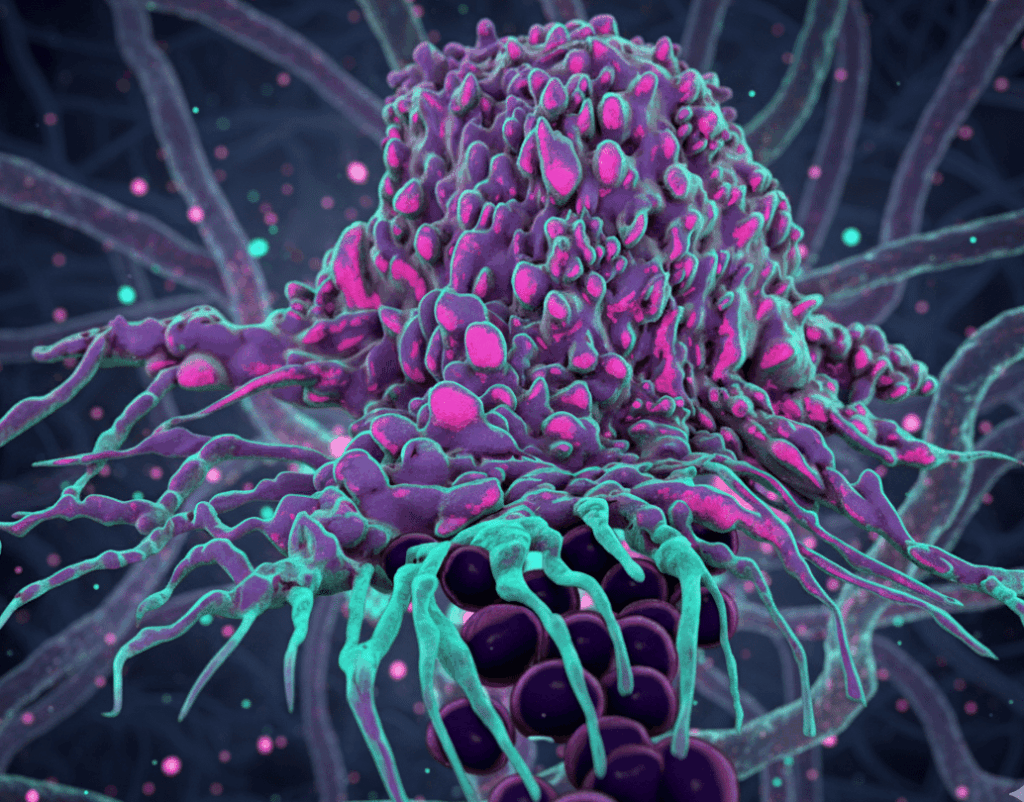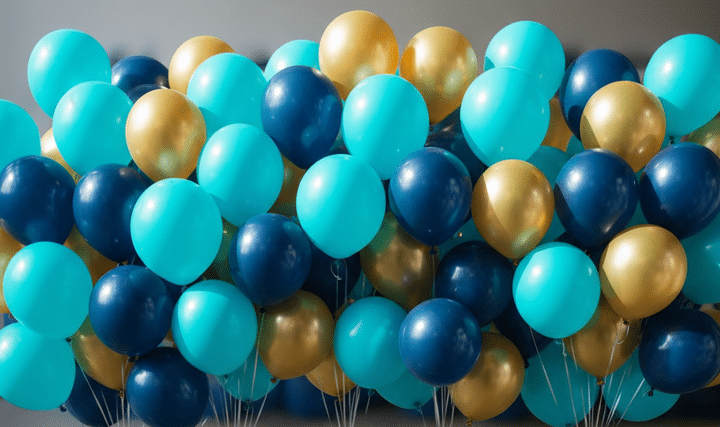Originally published on IPKat.
The recent Board of Appeal decision in T 0868/23 is a powerful example of the potential fragility of process IP in the field of cell therapy. The decision in T 0868/23 illustrates how a cell therapy process invention may evolve over time to the detriment of the IP. Processes can be notoriously difficult to pin down, leaving even seemingly broad claims vulnerable to attack in the face of the EPO’s unyielding approach to added matter.
The problem with process patents
In the field of cell therapy, the mantra often is that the product is the process. In the preclinical stage, the manufacturing process will often define the product and considerable innovative activity will be devoted to methods for sorting, growing, differentiating and modifying the cells of interest in order to produce a reliable cell therapy product. However, as we have explored in recent posts, protecting your cell therapy product with process IP has a number of pitfalls. Process IP can, for example, be difficult to enforce and may often be easy for competitors to design around. An additional key risk with process IP is the high likelihood that a process will evolve over time. This can create two problems. First, your patent may no longer cover your process. Second, you may be hindered from obtaining new patents as the original process IP will be prior art.
Legal Background: Added matter and selection from lists
At the EPO, a patent application or patent may not be amended to introduce subject-matter that was not disclosed in the application as filed (Article 123(2) EPC). The purpose of this provision is to prevent an applicant from claiming more than they originally had possession of at the filing date. The EPO’s enforcement of this principle is infamously strict. Considerable case law has developed on the added matter requirement for various types of disclosure, including selection from multiple lists and the selection of sub-ranges. In the case of multiple selections from lists, it is necessary for the original disclosure to include a pointer towards the selection or for the selection to be explicitly disclosed elsewhere in the disclosure as a whole.
The EPO’s strict rules with regards to added matter creates particular issues for the kind of process IP for cell therapy. Processes for sorting, differentiating, expanding and activating populations of cells are often complex and multiparametric, for example with regards to duration and order of steps, together with the combination of cytokines and growth factor added to the cells at various time points. As the present case illustrates, if a process evolves over time, there is a risk that the EPO will consider the final time-scales and media defining the clinical embodiment of the process to not be explicitly disclosed in the application as originally filed.
Case background: CAR-T cell manufacture
The patent at issue in T 0868/23 (EP 3134095) was directed to a CAR-T cell therapy manufacturing process. The patent specifically related to methods for manufacturing CAR-T cells in vitro from PBMC. The claimed method was a general method for manufacturing CAR-T cells and was not limited to cells directed to any specific target or for any specific indication. The granted patent was opposed by several opponents, including GSK.
Claim 1 as granted and in the Main Request on appeal specified a method comprising i) providing a population of human PBMCs that included T cells and antigen-presenting cells (APCs), ii) activating the T cells by culturing PBMCs for a duration of “16 hours to 32 hours” in the presence of IL-2, an anti-CD3 antibody and an anti-CD28 antibody, and iii) transducing the T cells with a lentiviral vector encoding a CAR. CD3 stimulation to activate T cells prior to transduction with a CAR expressing lentivector is now considered standard practice in the field of autologous CAR-T cell therapy. IL-2 is also now a widely used cytokine for activating T cells isolated from PBMC ex vivo.
Laundry list or pointed selection
The primary issue before the Board of Appeal was whether the subject-matter of the claims comprised added matter. The Patentee was faced with the objection that a combination of two features in claim 1, a) the duration of the activation step as lasting 16-32 hours, and b) the use of IL-2 in the culture media, constituted a selection from multiple lists without a pointer to the selection, and thus was added matter.
The Patentee argued that the feature of a 16-32 hour activation step had basis in the number of example ranges disclosed within the dependent claims provided in the application as filed, including an explicit disclosure of this feature in the original dependent claims. However, for the Board of Appeal, there was no indication in the original disclosure that the particular range of 16-32 hrs was preferred. Instead, a duration of 16-32 hours was presented merely as one option among a laundry list of equally preferred alternatives (para. 12.2).
With respect to the use of IL-2 in the media, at Opposition the Opposition Division had been convinced that this was a generalisable feature that had basis in the detailed description and examples of the application as filed. However, for the Board of Appeal, the cited paragraphs for the description were limited to the cytokines used in a particular type of media, “TCGM”. For the Board of Appeal, there was no general disclosure of using IL-2 in the activation step described in claim 1. Furthermore, for the Board of Appeal, there was further no specific pointer in the application as filed to the particular use of IL-2 compared to other cytokines also mentioned, “e.g., IL-2, IL7, and/or IL-15, or any suitable combination thereof”
The Board of Appeal thus concluded that the combined features of a 16-32 hour duration step and the specific use of IL-2 in the activation media represented a selection from multiple lists and therefore added matter to the application as filed (r. 13.4).
The Board of Appeal concluded that the subject matter specified in claim 1 comprised added matter in view of the application as filed. The decision under appeal was thus set aside and the patent was revoked.
A note on definitions
The Enlarged Board of Appeal recently issued its decision in G1/24, finding that the description should always be consulted when interpreting the claims. A key take-home from G1/24 is that extreme care should be taken when using the description to (re)defining words used in the claims. This issue is particularly acute in the field involving complex biology such as the world of cell and gene therapies. Cells are products that are difficult to clearly define, may have definitions that evolve within the field over time, and may only be definable with parameters that change according to the methods used to measure them.
In the present case, a closer look reveals that part of the Patentee’s problem was the use of a broad term in the claims and examples that lacked a clear definition, and thus had to be defined in the description. The dependent claims specified that the media “may be T cell growth medium (TCGM)”. TCGM is not a standardised or well-understood term in the field. The description of the patent does not define TCGM, but merely states that TCGM contains one or more cytokines selected from any of: IL-2, IL7, IL-15, IL-9, and IL-21. Cell culture media is often highly proprietary, and it is possible that the vagueness of this definition was intentional in order to protect the Patentee’s manufacturing trade secrets. However, not explicitly defining the media made it difficult for the Patentee to then rely on individual components of the media for novelty and inventive step.
Final thoughts
For a process patent, the granted patent in this case was impressively broad. The granted claims were not limited to a particular CAR-T cell, and therefore covered the manufacture of any CAR-T cell product that used the specified protocol. The use of anti-CD3 and anti-CD28 selection of T cells from PBMC using anti-CD3 and anti-CD28 coated beads is also a common component of autologous CAR-T cell manufacturing. IL-2 has similarly been widely used in CAR-T cell manufacture, based on its very well-defined role in promoting T cell proliferation and effector function. The label for YESCARTA (the second approved autologous CAR-T cell product), for example, specifies that “YESCARTA is prepared from the patient’s peripheral blood mononuclear cells […] The mononuclear cells are enriched for T cells and activated with anti-CD3 antibody in the presence of IL-2, then transduced with the replication incompetent retroviral vector containing the anti-CD19 CAR transgene”.
The problem for the Patentee in this case (originally Bluebird bio.) was that the application was drafted with examples focussing on the anti-CD3 and anti-CD28 aspect of the process. Whilst IL-2 was mentioned throughout the protocol, this was only as one potential component of an otherwise undefined cell culture media for activating T cells. However, the claims were amended during prosecution to specify IL-2 and a duration of 16-32 hours in response to a novelty and inventive step objection from the EPO. The added matter objection arose because IL-2 was found not to be specifically called out in combination with the other features of the claims. The problem was compounded by the lack of a clear definition of the media used in the Examples, other than it being T cell growth medium.
This case is therefore a classic example of some of the problems with even broad process IP in the cell therapy field. The case illustrates the challenges of securing robust and relevant IP that will cover commercial embodiments of a cell therapy manufacturing process, whilst remaining true to the disclosure of the original application as a filed and not disclosing unnecessary manufacturing trade secrets. Whilst the industry mantra may be that the product is the process at the preclinical stage, this case serves to illustrate that the best patent protection is derived from the product.
Learn more about IP strategy for cell and gene therapies by registering for our upcoming webinar.
At Evolve, we are experts in IP strategy for cell therapies. We have extensive experience developing and coordinating IP strategy for cell therapy with regulatory and manufacturing business functions. Do you need advice on how to protect your cell therapy innovation? We would love to hear from you.
Author: Rose Hughes
Further reading
- Subscribe to our newsletter
- Does the requirement for a “technical contribution” in a novel selection survive? (if selecting from convergent lists) (T 1621/16)
- Gold Standard test for novelty reigns supreme, even for subranges (T 1688/20)
- Falling between the cracks: The challenges of patent strategy for stem cell therapies (T 1259/22)
- The benefits and pitfalls of drug manufacturing IP (T 2543/22)
- Beyond the process: Securing robust IP protection for cell therapies








